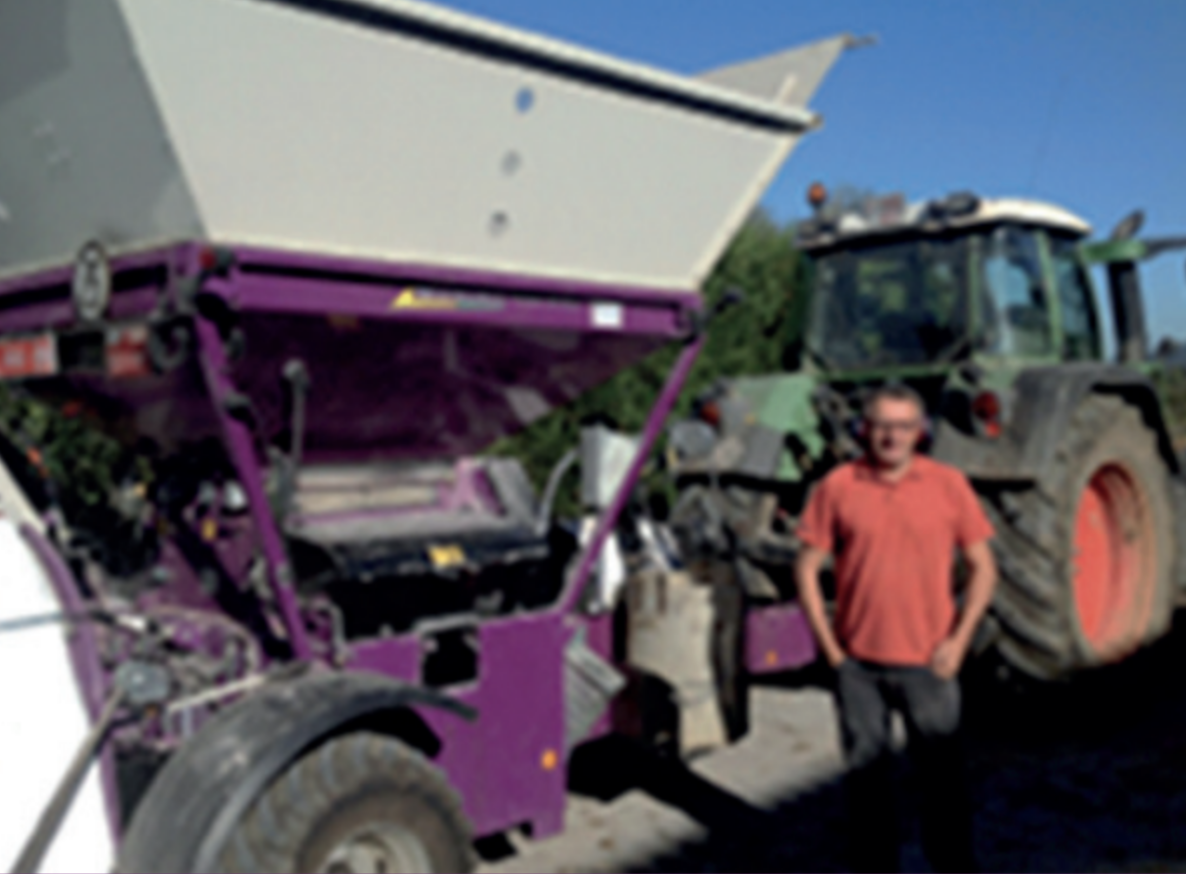Grain crimping was invented in Finland over 50 years ago
Grain crimping was invented in autumn 1969 by Aimo and Gunnar Korte in Ylivieska, Finland. Their grain dryer had broken, but the brothers knew that high moisture grains could be ensiled if they were first crimped. This method was invented by Finnish Nobel Prize winning chemist Artturi Ilmari Virtanen a couple of decades earlier, but it was usually used for hay silage. There were no crimping machines available at that time, so the two brothers decided to construct one on their own. Their first roller mill was made together with a neighbouring farm. This is how the company Aimo Kortteen Konepaja Oy started.
The use of a roller mill during a severe frost saved the farm, and this was noticed within the small community. Before long, the brothers began receiving orders from interested farmers.
The company’s sales developed rapidly throughout Finland, and in the 1980s it began exporting to Sweden and Great Britain. Today, Murska products are used in more than 40 countries around the world. Murska got its attractive and attention-grabbing purple colour in cooperation with the prestigious Institute of Design in Finland.
In 2017, a generational change took place in the company, when Aimo’s daughter Terhi took over the management of the company.











 Crimping Guide Kemira
Crimping Guide Kemira  Harper Adams crimped maize_grain_Final-Report
Harper Adams crimped maize_grain_Final-Report  Crimped barley_Researchreport_final
Crimped barley_Researchreport_final  Using the bagger (EN)
Using the bagger (EN) 


